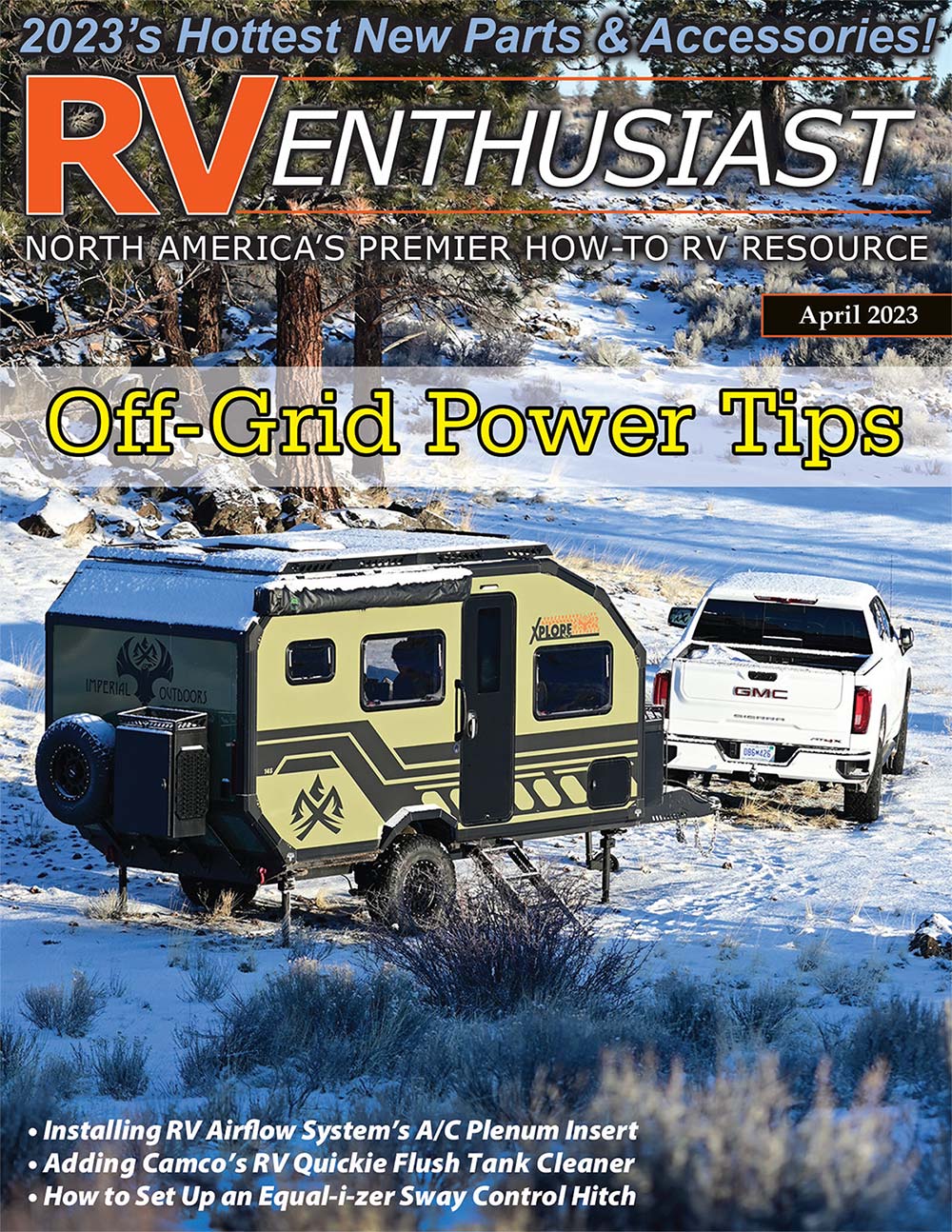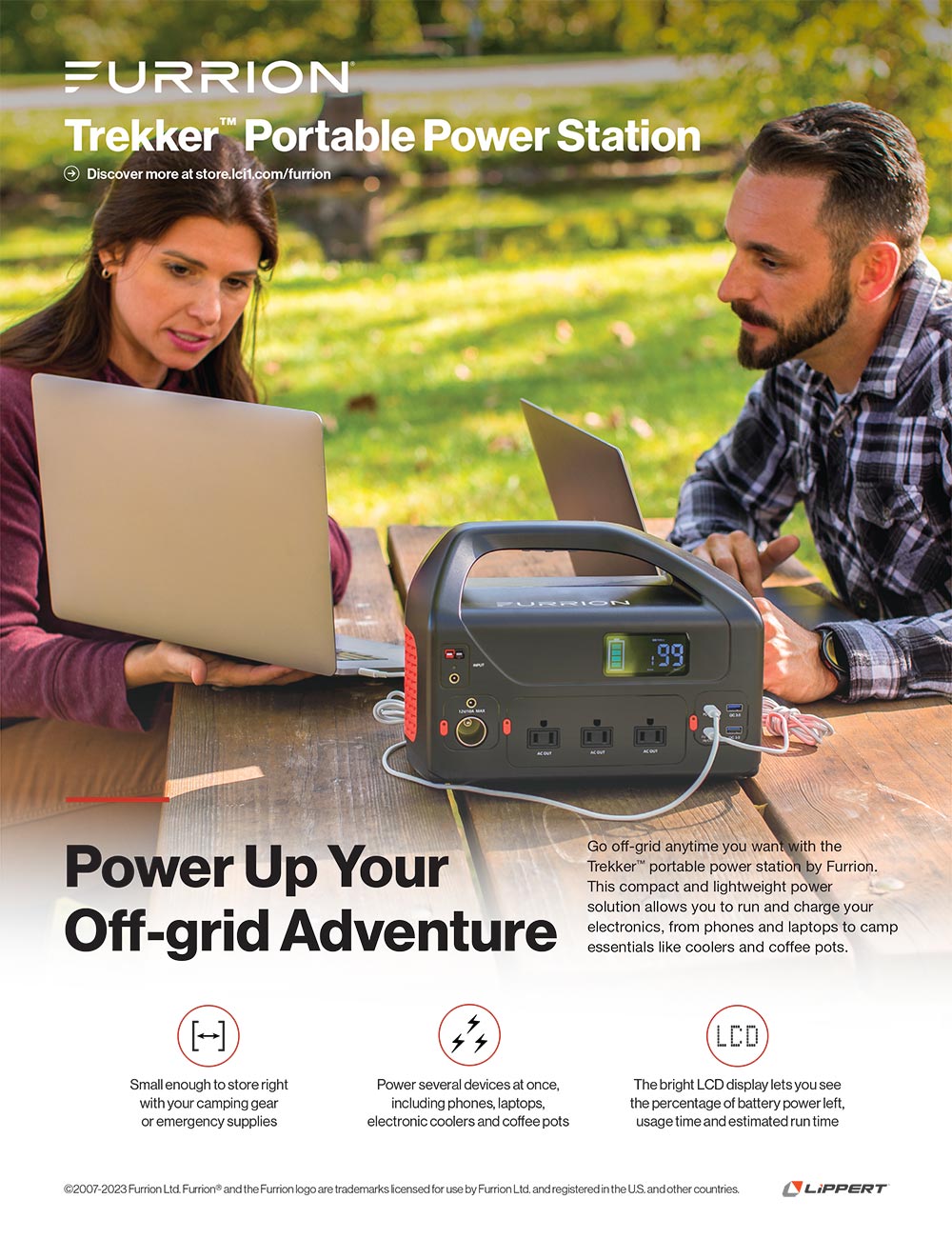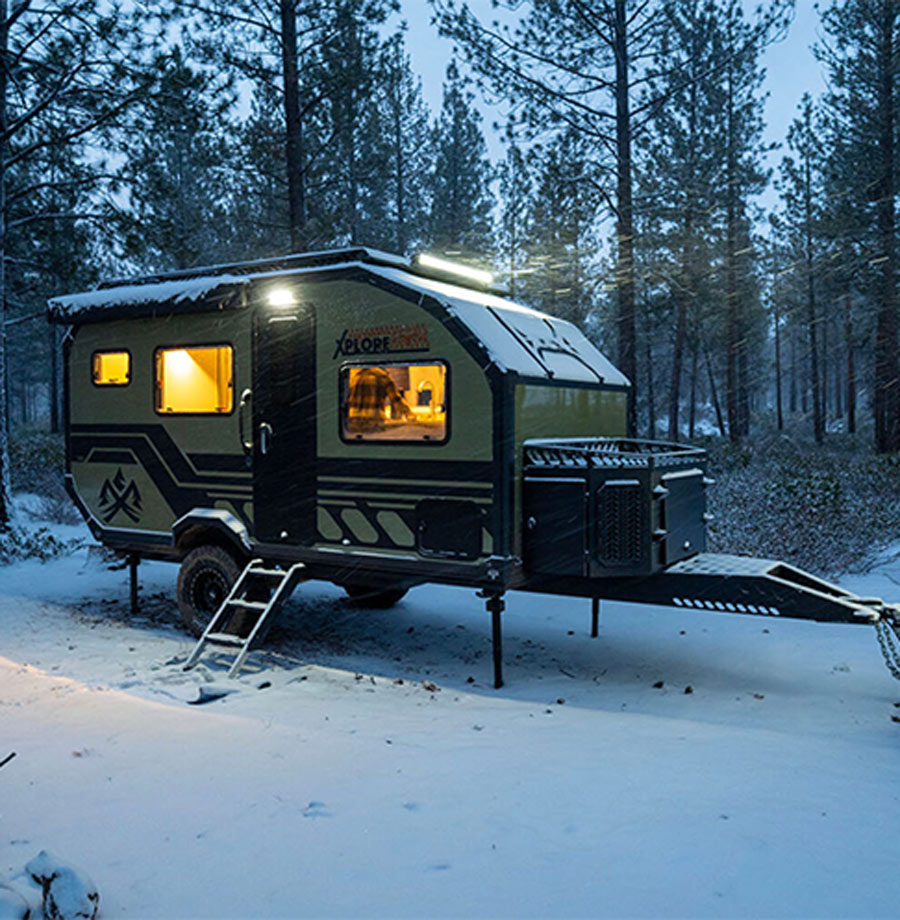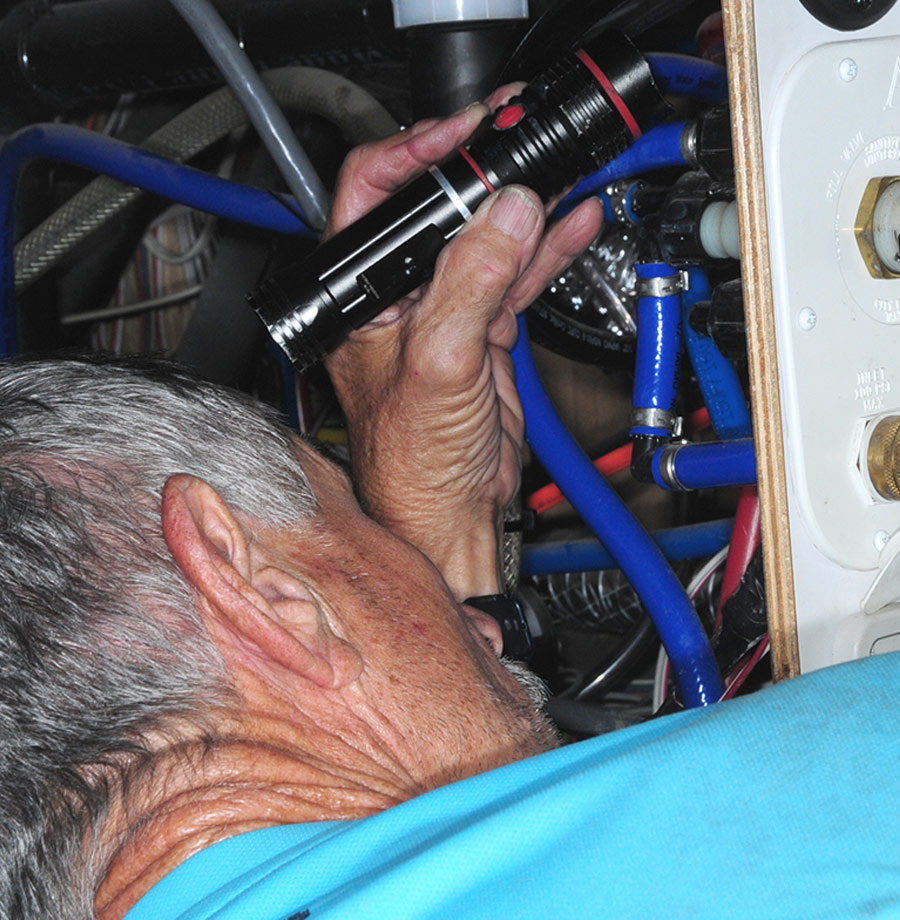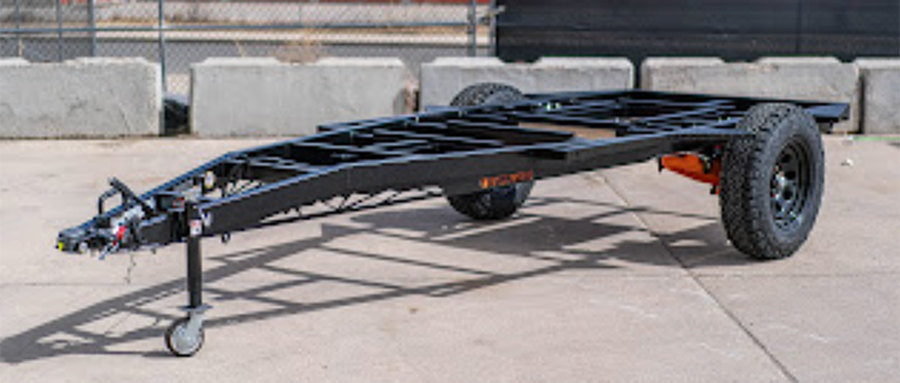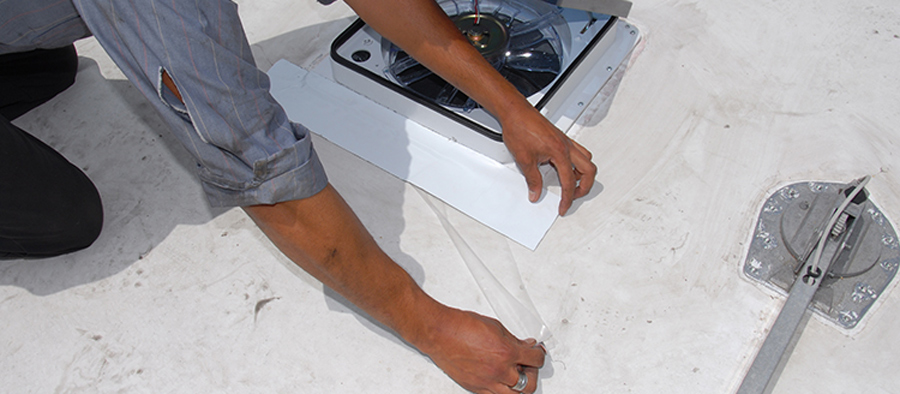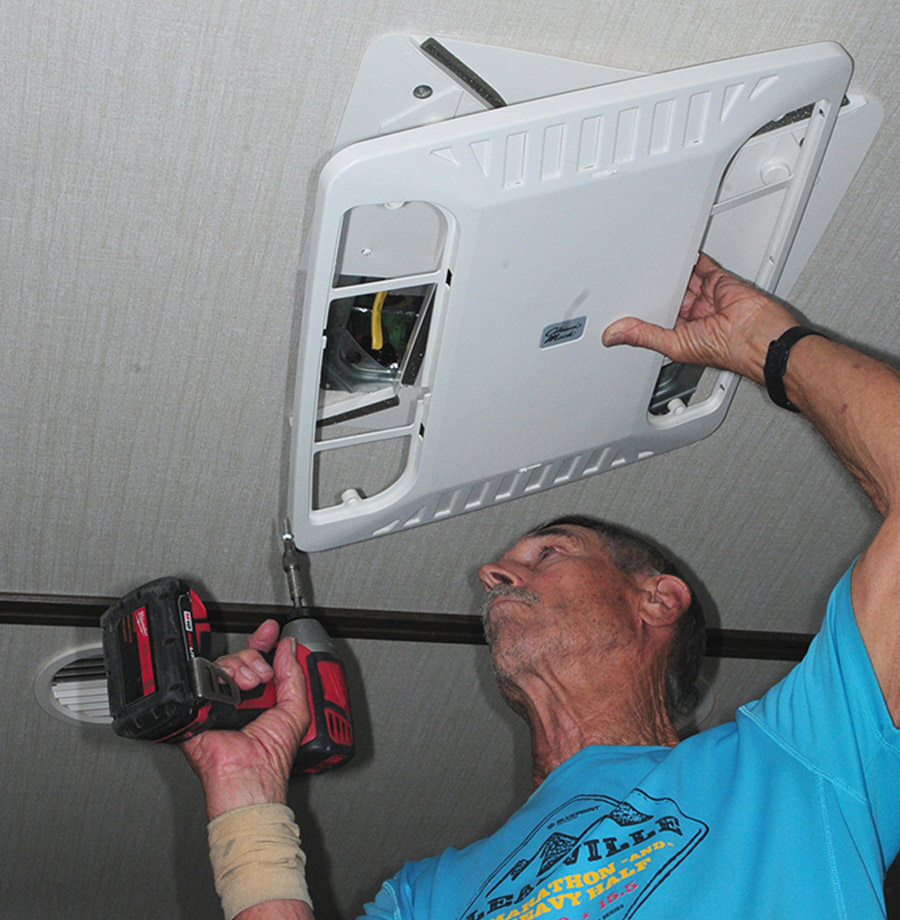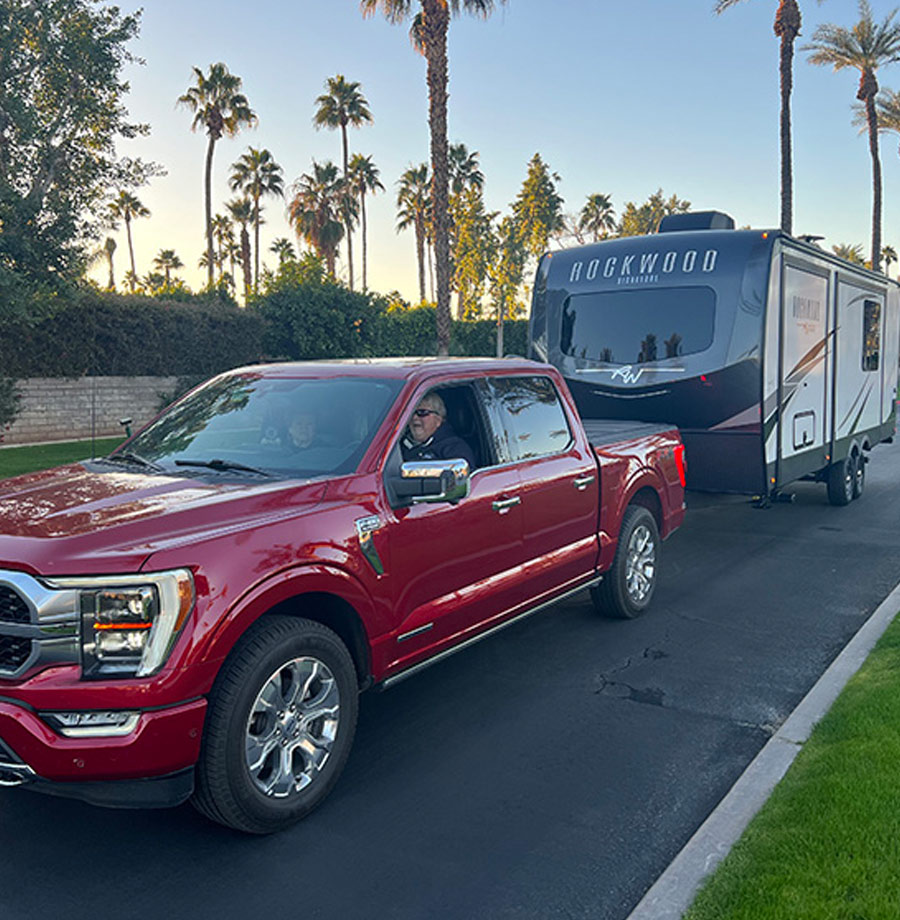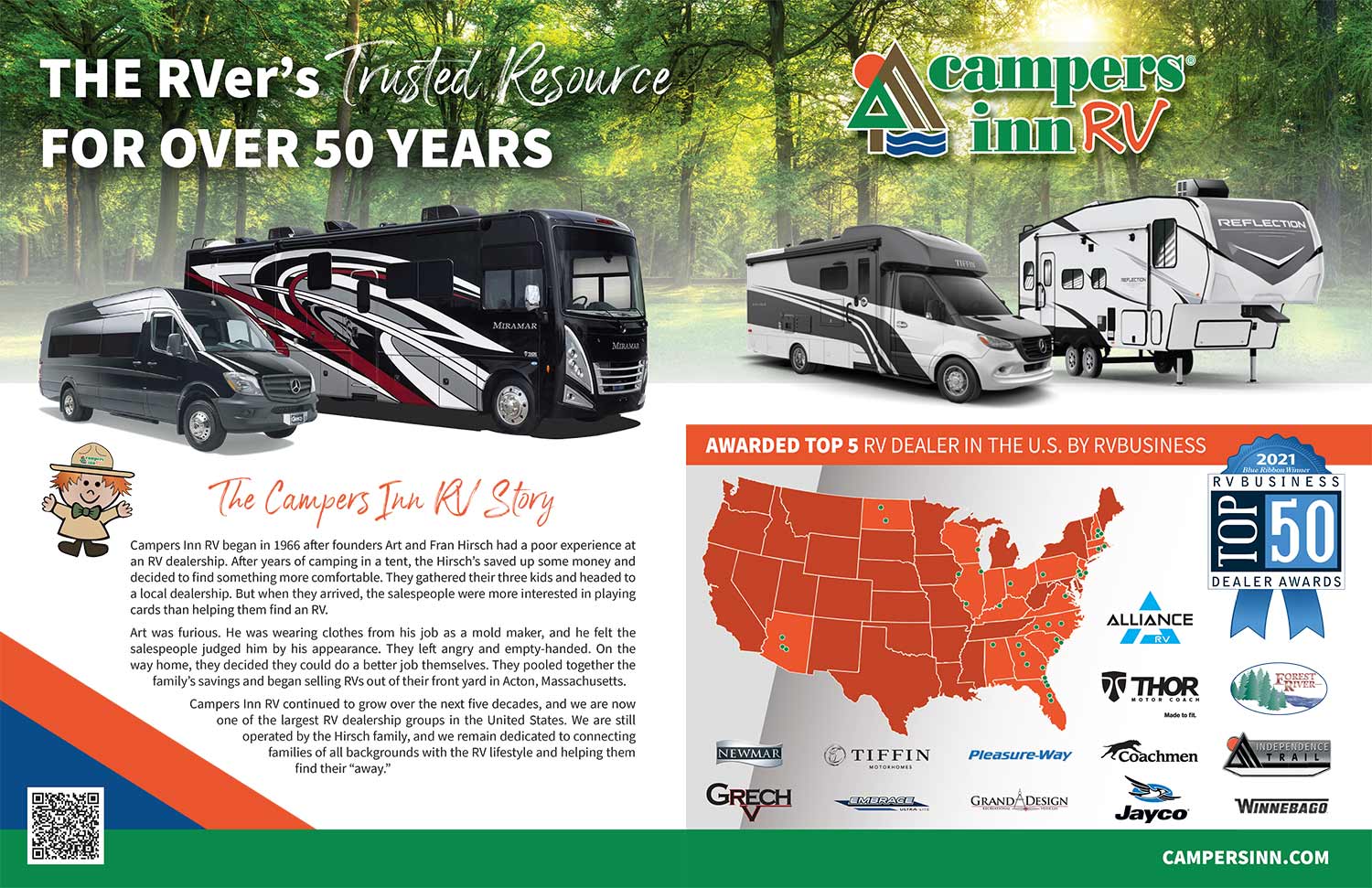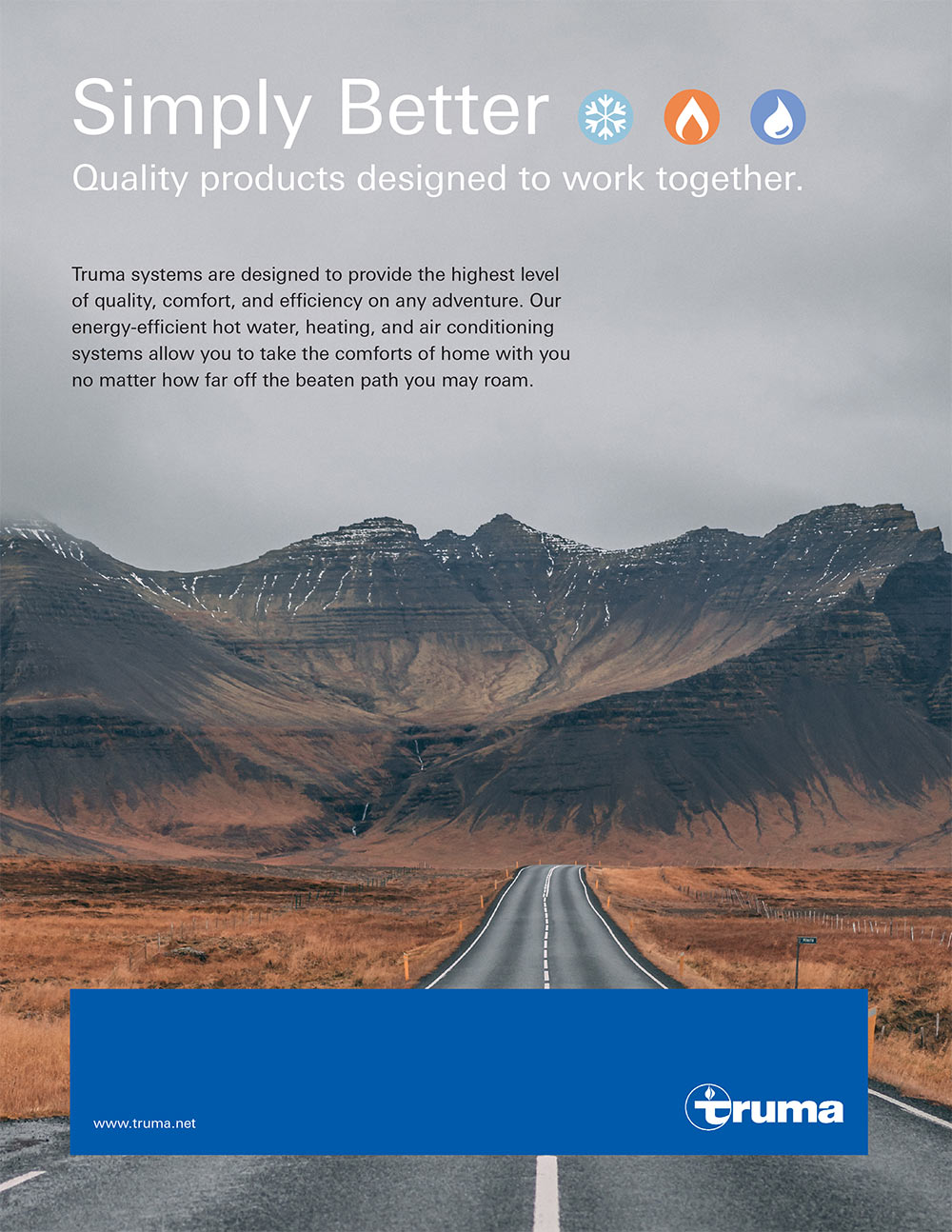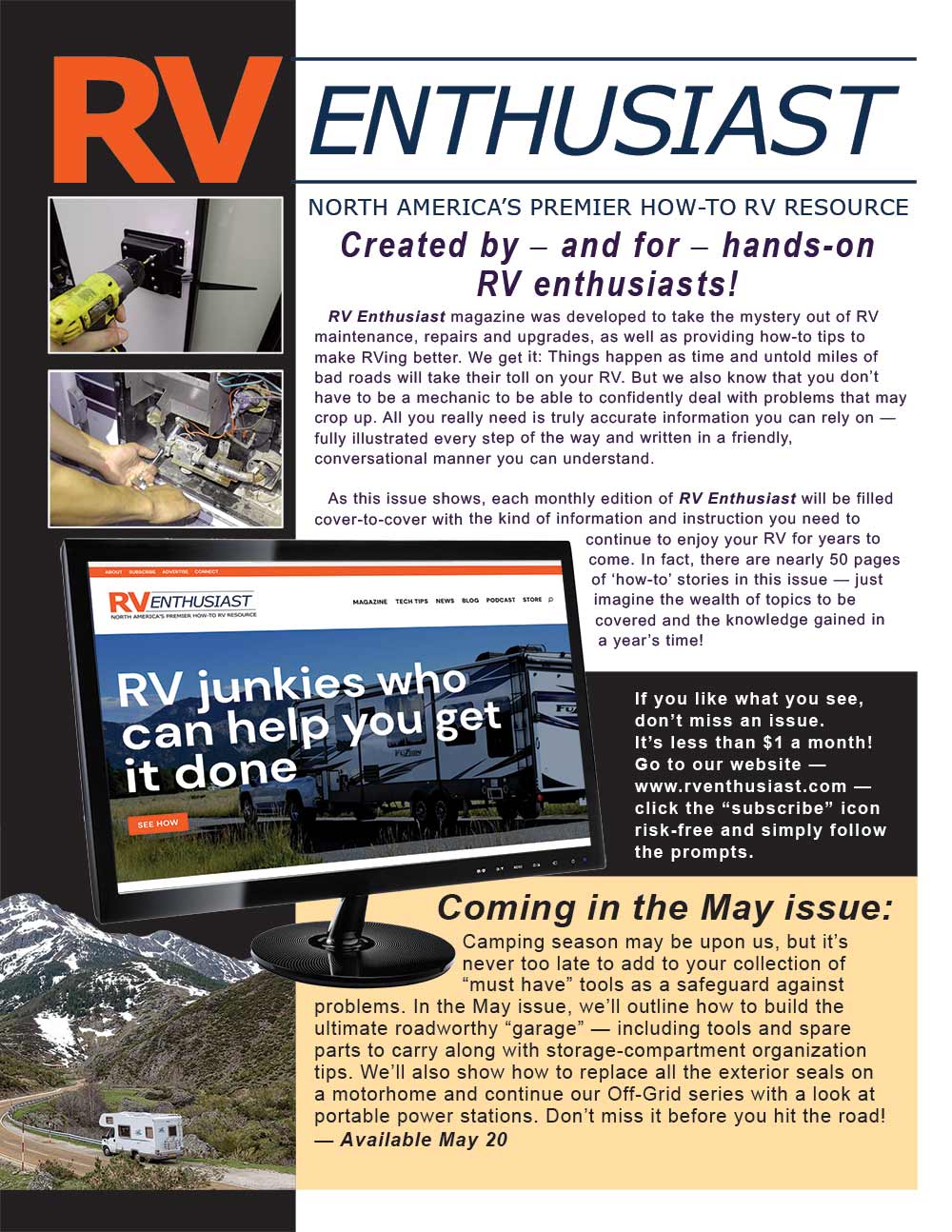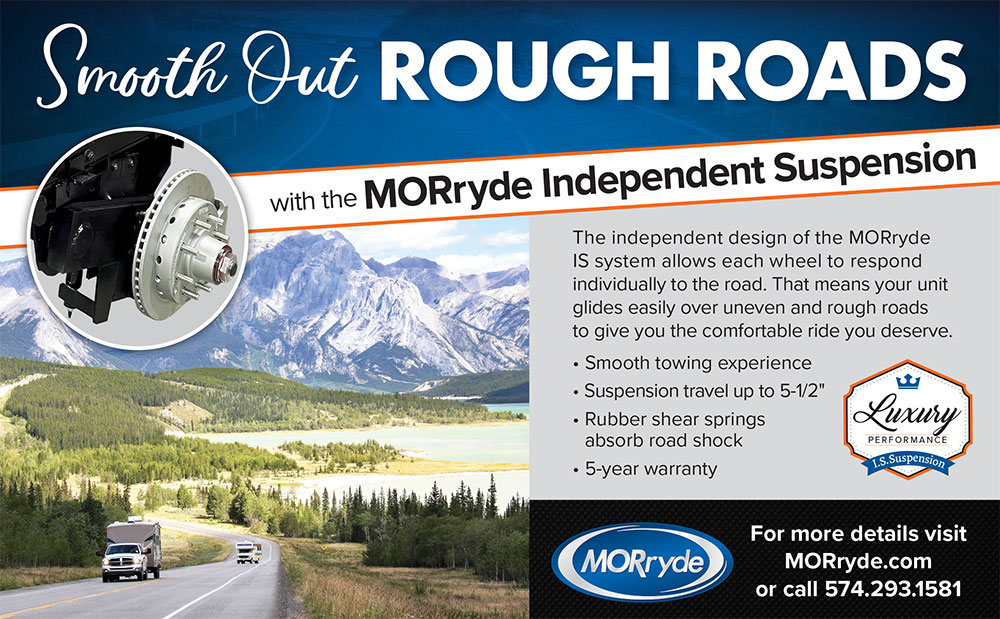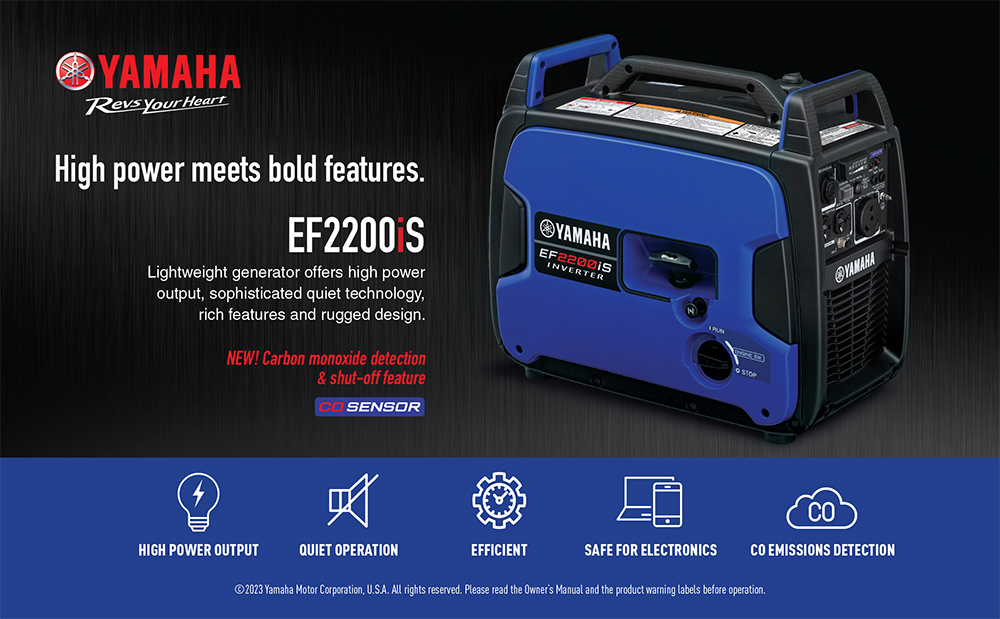Subscriber Access Only
Special Offer
Get 1 year of RV Enthusiast Magazine for just $9.99
Unlock My Offer No ThanksAlready a subscriber? Click here to access full issues.

Heading off to the boondocks? You’d best be carrying enough onboard battery storage to last through your journey. More and more, that translates into lithium-ion battery banks. Yes, they are initially expensive, but lithium cells offer RVers a host of benefits not available in their lead-acid counterparts, from substantial weight savings to having more usable power on tap.
Thoroughly cleaning the holding tanks on your RV during each dumping session is essential to maintaining a properly working sanitation system. Not only will flushing the tanks prevent nasty content build-up, but odors also can be eliminated. Unfortunately, in many cases the flow of water is so sluggish it barely budges the contents. Here’s how we solved the dilemma.
Everybody likes to know about the latest and greatest RV components coming through the pipeline — but since they tend to debut at annual distributor shows closed to the public, you don’t always know about them until they show up on a parts shelf. That’s where we can help. Here’s a look at nearly six dozen new and popular parts and accessories you can find a home for.
There once was a time when Ford wasn’t the only gas chassis game in town. In fact, Workhorse Custom Chassis underpinnings were used throughout the industry. As they age, however, small things start going awry — like the LCD screen in the instrument cluster. Brazel’s RV Performance has come up with an easily installed, inexpensive and attractive replacement.
Summertime brings hot weather, and most RVers try to keep it at bay with rooftop air-conditioners. However, sometimes inefficient mating to the roof ducting can compromise airflow and cooling capacity. Fortunately, RV Airflow Systems offers a kit that improves efficiency dramatically, increasing air velocity while also substantially reducing the noise level.
This might be rudimentary to some folks, but anyone who’s incorrectly installed a weight-distributing hitch should know it doesn’t have to be hit or miss. We assisted a friend during the installation of an Equal-i-zer Sway Control Hitch, which combines weight distribution and sway control, and marveled at its ability to keep stomach butterflies at bay in adverse weather.
(805) 320-6909
[email protected]
EDITOR – Bruce Hampson
(574) 584-4616
[email protected]
TECHNICAL DIRECTOR
BILL GEHR
(805) 340-5015
[email protected]
ART DIRECTOR – MIKE ACCUARDI
[email protected]
26362 Douglas ave., Elkhart, in 46514
 AFFILIATE NOTICE: RVE Media Group LLC provides links to vendors and products, such as an Amazon Associates account, for informational purposes, but that may provide a commission if you purchase from that link. We often label these links with language that provides transparency if the destination is an advertiser, affiliate, or partner. Products are often provided to RVE at little/no cost for editorial testing purposes by vendors/suppliers. Under no circumstances does this affect the results of the test or install as published in RV Enthusiast. Sponsored content is identified as such directly on the content.
AFFILIATE NOTICE: RVE Media Group LLC provides links to vendors and products, such as an Amazon Associates account, for informational purposes, but that may provide a commission if you purchase from that link. We often label these links with language that provides transparency if the destination is an advertiser, affiliate, or partner. Products are often provided to RVE at little/no cost for editorial testing purposes by vendors/suppliers. Under no circumstances does this affect the results of the test or install as published in RV Enthusiast. Sponsored content is identified as such directly on the content.
PRIVACY POLICY: Our complete privacy policy can be found at https://rventhusiast.com/privacy-policy/
V ownership is an adventure — and it’s not solely driven by the travel and social aspects, but also from the experience of setting up a home away from home. Leaving the humdrums of daily life is certainly a major factor, while most people want to see new places and partake in outdoor activities without giving up the niceties associated with living in a stationary home. Today, RVs are well equipped, and owners can augment livability — and the fun factor — by turning to the accessory aftermarket to purchase the items needed to customize and personalize their RVs.
And they do it with gusto. Ever watch how RV owners — and sometimes even those looking to get into the lifestyle — grab a cart in big parts and accessory stores like Camping World or those at dealerships and peruse the aisles with passion? Many times, these enthusiasts have no clue why they went shopping — they just knew they would find something to “use” in their RV. I can remember doing just that numerous times myself…and have always found something to throw in the cart.
Those people who take a more serious approach to accessorizing usually target systems and products that will fit the bill for their particular lifestyle. I can probably safely say that there are three segments that are among the most popular these days: Accessories to get RVers to their destinations safely without creating disharmony in the family; the ability to have energy independence while on the road and in camp; and staying in touch with family, friends and the world via good Internet access.

+
Anti-Sway Bars

+
Anti-Sway Bars
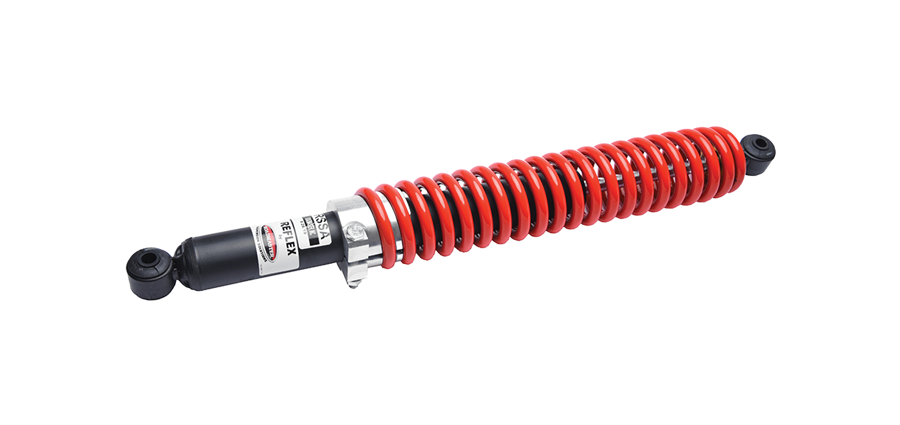

Reduces driver fatigue, increases driver confidence.
Improves handling, decreases wander.
More control in evasive maneuvers or tire blow-outs.



and Find Your Fit!
News & Notes

Spend any amount of time in most any RV and you can find yourself wondering “why did they do that?” We’ve all been there. RVs are built for mass consumption; it’s just a matter of finding one that closest fits your lifestyle and wallet.
If you’re really handy, though, you can build your own — and to lend a bit of help, Boreas Campers now offers the same chassis used for its XT Overland camper trailer as a standalone product for backyard builders.
The heavy-duty, powder-coated, laser-cut frame (1/8-inch by 4 x 2 and 3 x 2 tube steel) is 16 feet long and 60 inches wide. The rolling chassis includes a Cruisemaster CRS2 independent suspension and DO35 articulating hitch, BFGoodrich AT tires and Pro Comp wheels, front and rear 2-inch hitch receivers, tail and marker lights, 7-pin and a Manufacturer’s Certificate of Origin.
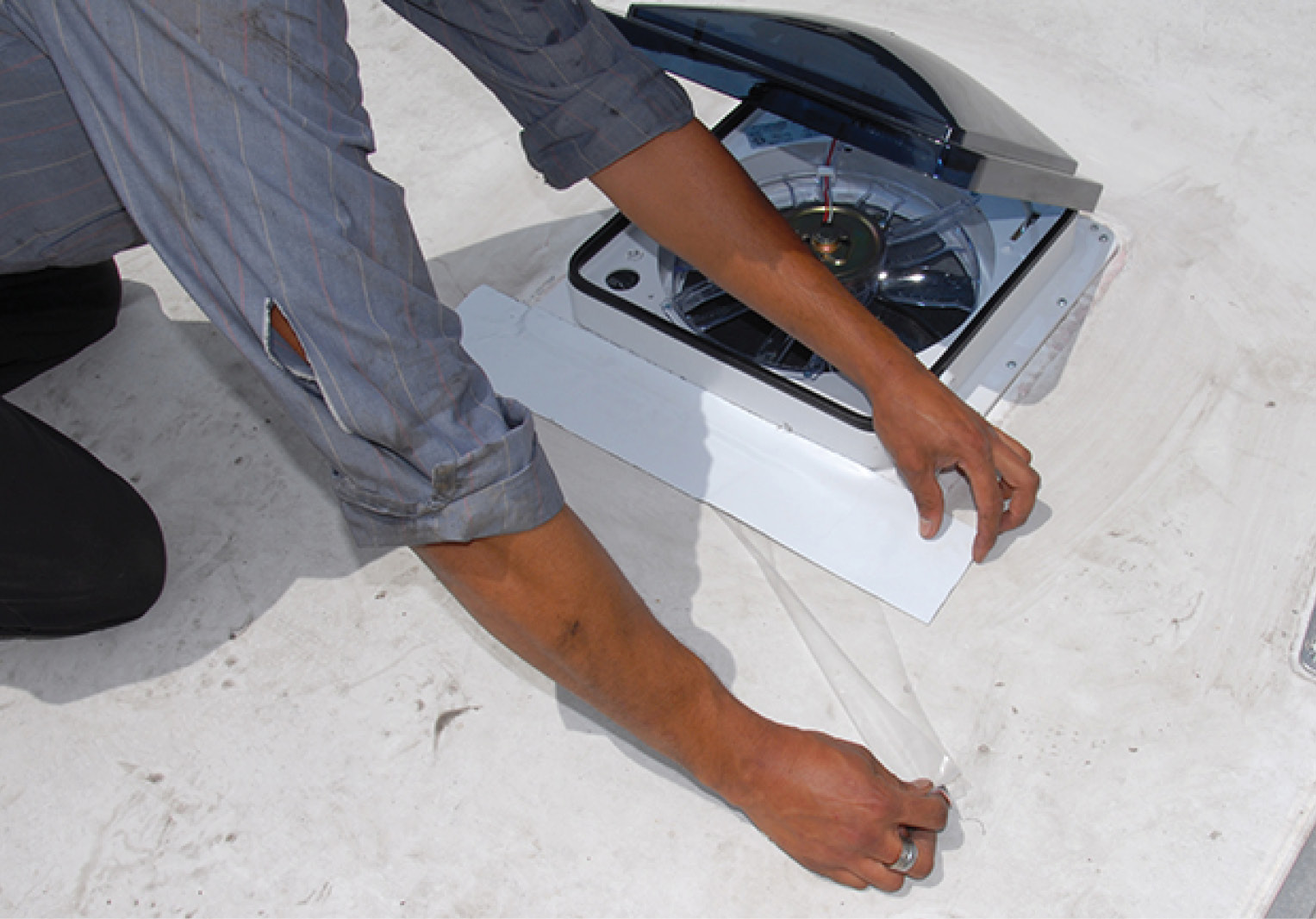
I have a 24-foot Winnebago Class C motorhome with a fiberglass roof. I noticed that it’s showing its age with some of the fiberglass thread showing. I would like to take care of the problem before it gets too big, since the motorhome otherwise is still in perfect shape. During my research, I have seen a lot of suggestions on how to fix the fiberglass and would like to know the best way to approach this repair.
—Rafael Sanchez
Fiberglass does get a little rough over time, especially if the roof has not been maintained properly. It’s best to keep it clean and treated to a coat of wax or other surface conditioner at least twice a year if the rig is exposed to sun and other outside conditions. Having said that, even though it’s not looking great it’s still going to last a long time.
If you’d like to bring it back to life, professional detailers will cut the surface with a buffing compound and add a coat of wax to bring it back to life — but it’s going to be slippery and potentially unsafe to walk on to service rooftop accessories and inspect for breaches in the caulking/sealant. Depending on the extent of the damaged area, you can consider painting the roof with a high-quality marine paint; with the proper primer and preparation, the paint will last for many years. If you want to provide safer footing, consider adding some sand or an anti-slip material in the paint.
Powering Off-Road —
and Off-Grid — Adventures
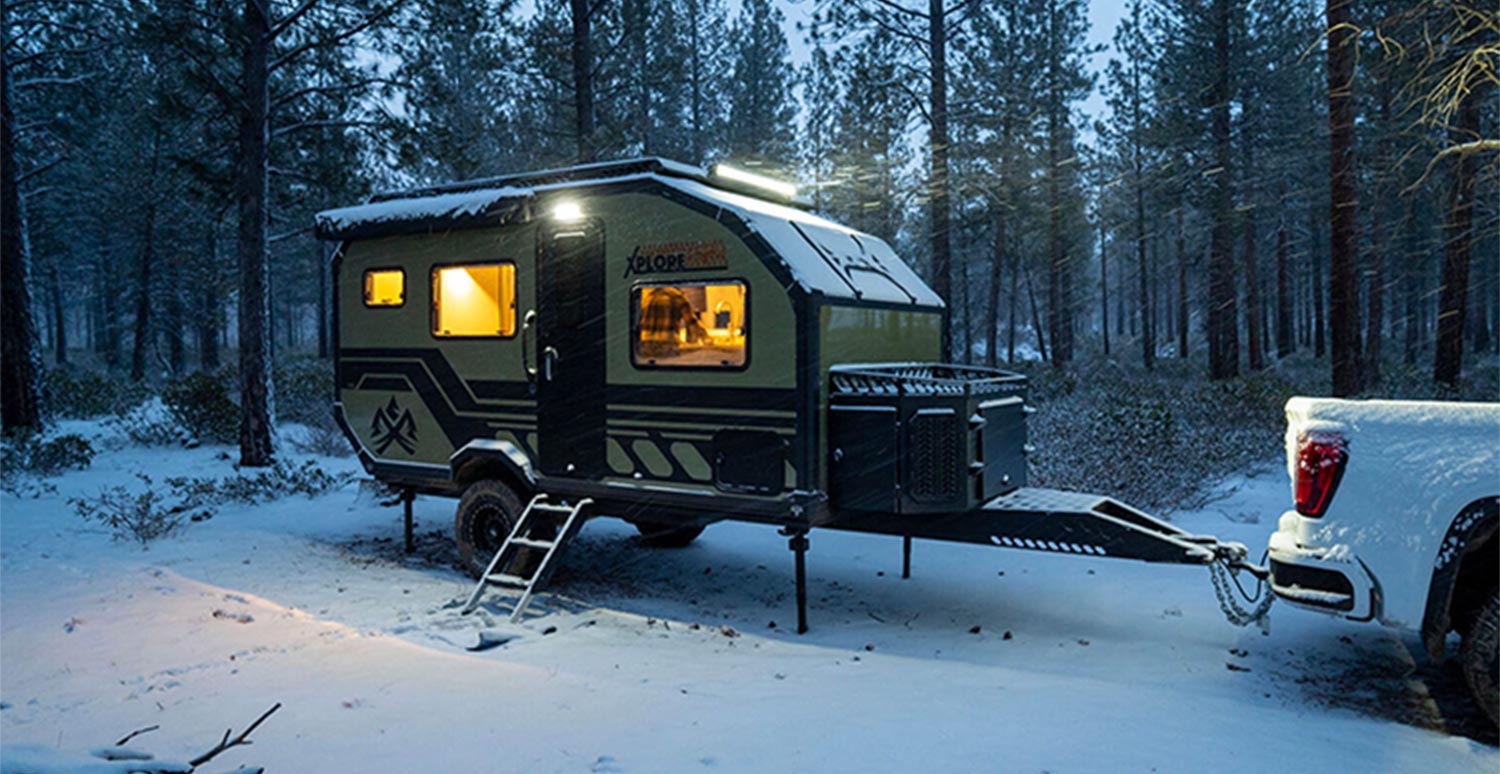
t’s one of the great conundrums of the RV industry: As manufacturers continue to ship motorized and towable units to dealers at a record pace, ever-greater numbers of RV owners vie for a finite number of campsites where they can enjoy them.
Rather than being perceived as a brake on RV sales, however, the scarcity of campsites — especially on popular holiday dates and weekends — has given wings to an RV lifestyle nearly as old as the industry itself: off-grid and off-road camping.
“It’s something that a lot of us in the industry have been concerned about for a handful of years — how do we create a product that the consumer doesn’t have to use in a campground?” said Cody Schade, product manager for Forest River Inc.’s No Boundaries and IBEX “adventure trailer” lines. “Having those conversations is what led us to develop No Boundaries, and now we’re adapting some of its traits to other (Forest River) products. I think you’re going to see this topic take on greater significance.”


eeping an RV’s holding tanks clean is essential for two reasons: You need to reduce the chances of developing nasty odors — both inside and outside the RV — and it’s important to prevent build-ups that can impede the velocity of the contents when dumping. Consequently, most RV manufacturers provide some method of introducing a strong flow of clean water into the tank during the dumping session. Without such a provision, build-up is all but certain, but in many cases the flow of water is so sluggish the extra water barely budges the contents.
Case in point: The tank flush fitting installed in the side of the black holding tank in my fifth wheel. Watching the sluggish flow of water move out of the tank (via a clear fitting on the termination valve) was painful. The solution was to add a more robust flushing system that can actually do some good. After studying the available products on the market, Technical Director Bill Gehr and I settled on Camco’s RV Quickie Flush, which has a multi-directional spray head, high-quality fittings and a hose. (Amazon sells the Camco 40123 Quickie Flush w/Backflow Preventer for $28.)

sk a gearhead what part of his favorite car magazine is the most anticipated each month, and the answer might surprise you.
New products.
Sure, the story lines highlighted on the cover tend to provide all the impetus for sticking the publication in the grocery basket — but most do-it-yourselfers are nonetheless extremely interested in “the next big thing” they can integrate into their favorite ride.
Anyone spinning wrenches on RVs is likewise prone to ferreting out the latest products that can make life easier, more comfortable or simply more interesting and enjoyable while on the road. Plus, let’s face it: we all like to be on the cutting edge of new technology.


uring an all-too-brief span during between 1999 and model year 2012, the Workhorse Custom Chassis — the successor to Chevrolet’s P-30/P-32 chassis — proved to be a popular choice for manufacturers and owners of gas-powered Class A motorhomes. Not surprisingly, while the now-Workhorse Group Inc. has turned its attentions to other venues, a large number of motorhomes built on Workhorse underpinnings still travel the highways — although not without the occasional hiccup.
As Jon Brazel pointed out, one component that tends to give Workhorse owners trouble as their vehicles age is the motorhome’s instrument cluster.
“Back when Workhorse was still building motorhome chassis, they would just replace the entire panel,” he said. “The problem was, owners were just getting the same product that would fail again in a few years.”

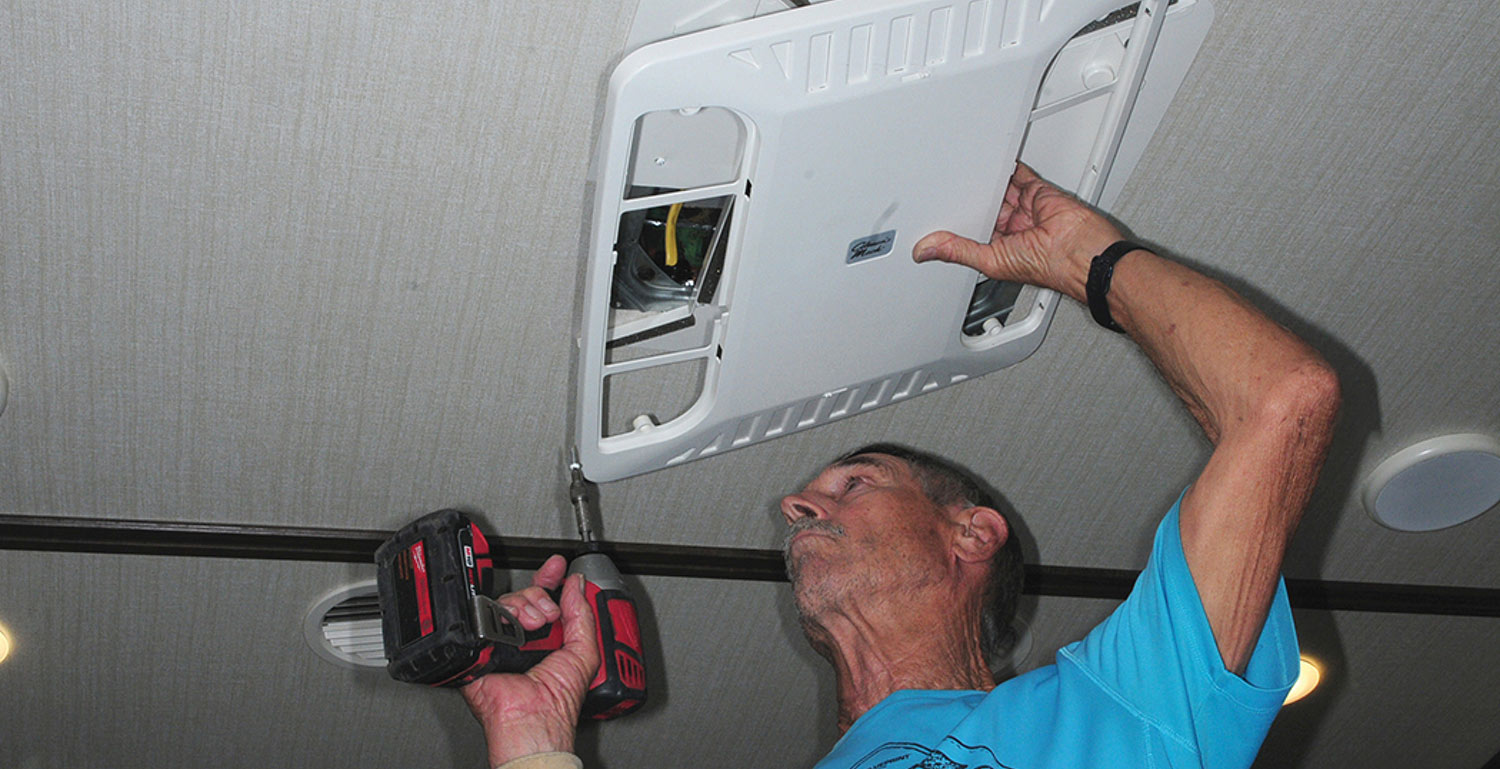
ummertime brings hot weather — and most RVers venturing into regions where the temperature soars must rely on their rooftop air-conditioners to be comfortable. Most RVs have one or two air-conditioners, and many are now outfitted with three to keep the inside temperatures cool. While the Btu ratings of these air-conditioners suggest that they are capable of getting the job done, inefficient mating to the roof ducting can compromise the flow and cooling capacity. RV Airflow Systems (rvairflow.com) has designed an aftermarket modification kit that improves efficiency dramatically, while taking the noise level down substantially.
I fight the heat frequently with my 36-foot fifth wheel, where I elected to have only one air-conditioner to make way for a power roof vent in the bedroom to exhaust the hot air when boondocking. In an attempt to improve air flow — in an admittedly underrated system for the size of the fifth wheel — I modified the plenum with 1-inch waterproof foam to force more cold air through the ducted ceiling registers. This upped the ante quite a bit, but there was still room for improvement. As I realized afterward, I should have gone with the RV Airflow Systems solution in the first place — and probably still will.

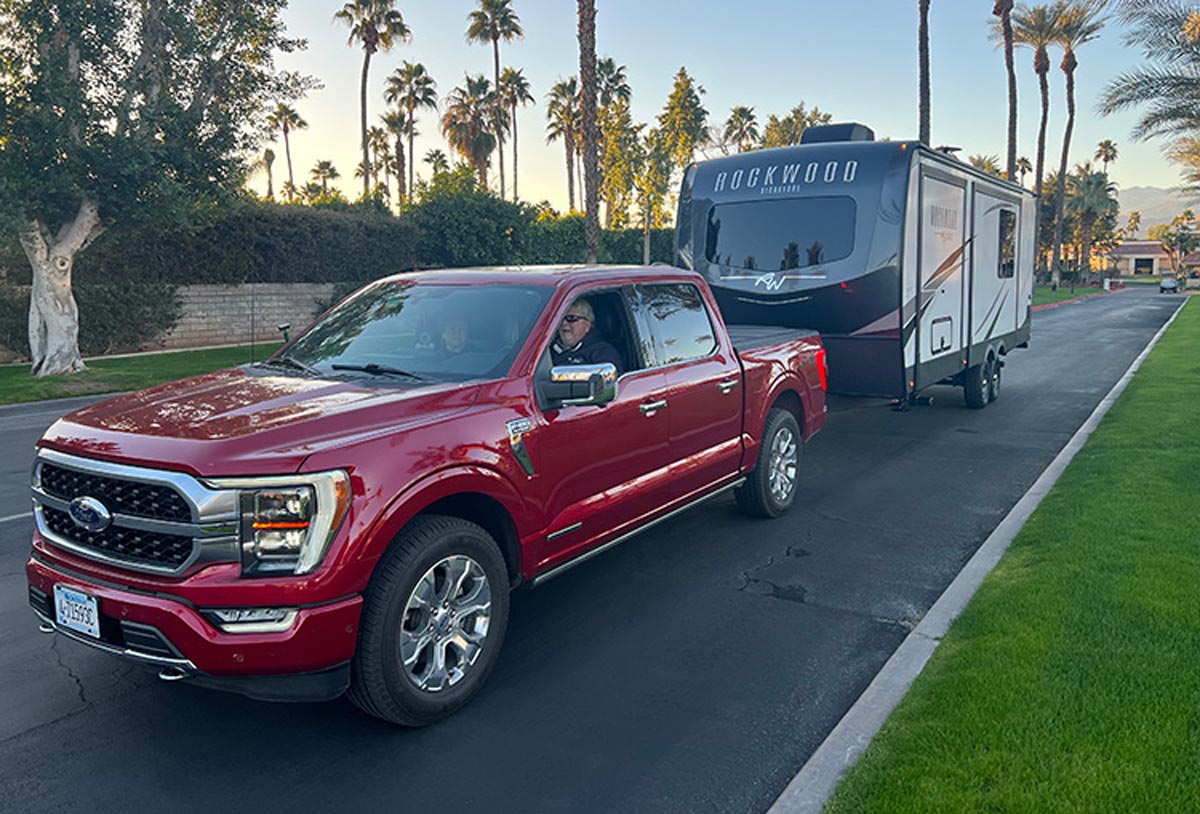
owing travel trailers is wildly popular these days. Actually, more travel trailers are built every year than in any other segment of the RV industry. That makes sense, since just about anything on wheels these days can tow a trailer. In this arena, though, the “half-ton” pickup has become a staple. Heck, the best-selling vehicle in the country is the F-150, which has become a super capable tow vehicle, with tow ratings up to 14,000 pounds.
The Ford was, in fact, a friend’s choice of trucks when he decided that he needed a smaller RV to travel during the summer. In this instance, the truck was purchased first — he was smitten, perhaps, with all the bells and whistles Ford has to offer for this model pickup. Almost $80,000 later, the shiny red F-150 was sitting in his driveway. And, it was loaded with top-notch towing features — except for the proper mirrors, which was puzzling since my friend made it clear to the salesperson that he was going to tow a trailer, but they were a simple (albeit expensive) addition afterwards. The search for a trailer ended with a 29-footer that maxed out the limits of the truck and, as such, required precise equipment to hitch it up. That’s when we turned to the Equal-i-zer Sway Control Hitch (equalizerhitch.com).



